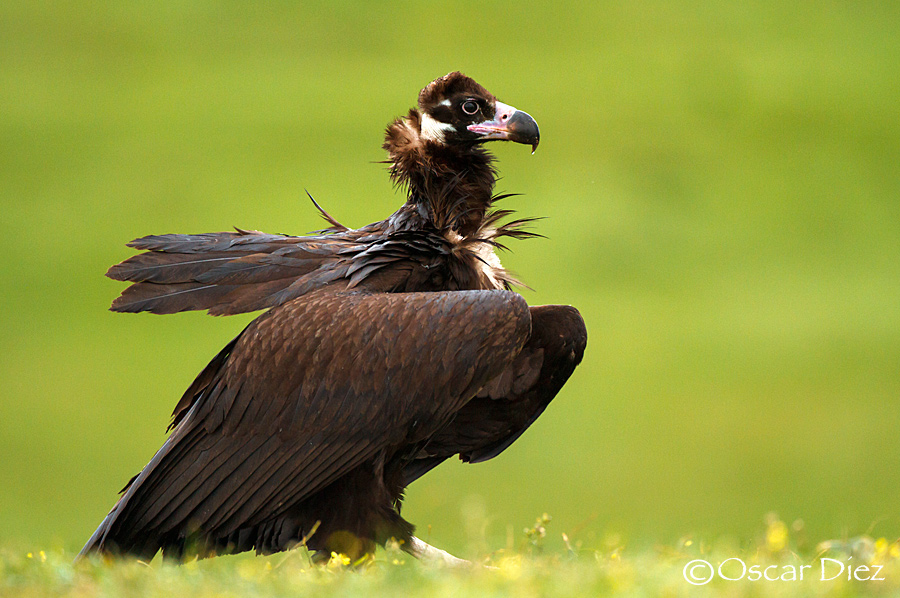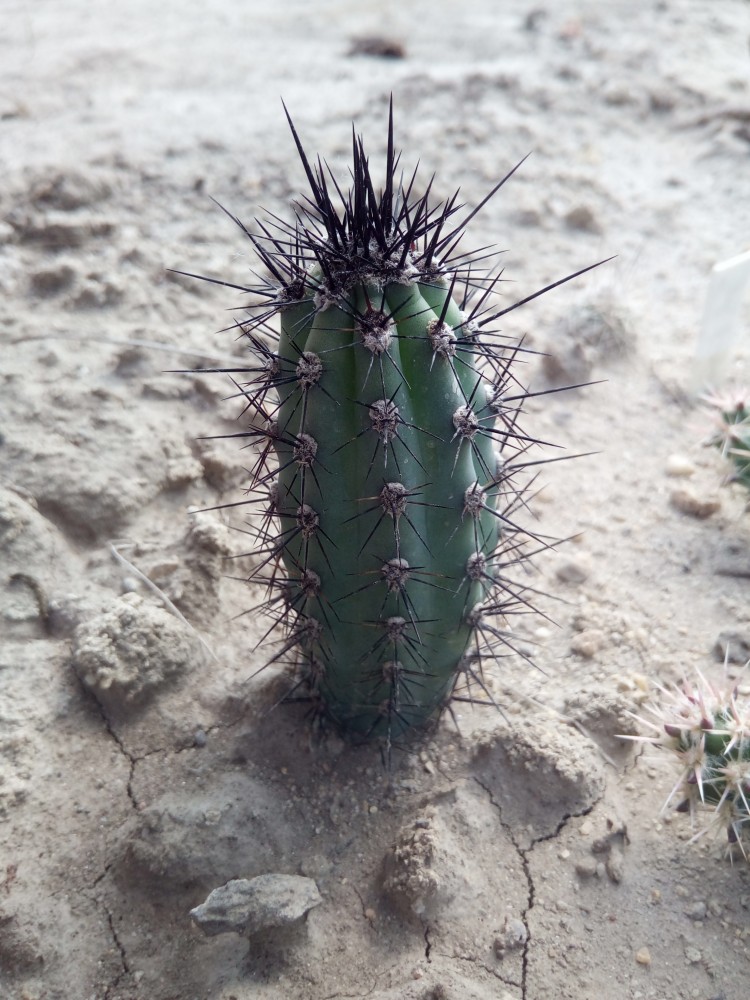The Indian Vulture: Aegypius Calvus
Share
The Indian Vulture, scientifically known as Aegypius calvus, is a remarkable bird that belongs to the order Falconiformes and the family Accipitridae. This majestic bird, often referred to as the Himalayan Vulture or the Black Vulture, is a vital part of the ecosystem in its native range, which includes Pakistan, India, Bangladesh, Burma, Thailand, Indochina, and Malaya. This article delves into the various aspects of the Indian Vulture, including its taxonomy, physical characteristics, habitat, diet, behavior, reproduction, and conservation status.

Taxonomy
The Indian Vulture is classified under the following taxonomic hierarchy:
- Order: Falconiformes
- Family: Accipitridae
- Suborder: Accipitres
- Subfamily: Accipitrinae
- Species: Aegypius calvus
- Type: Vultur calvus Scopoli, 1786
The species was first described in the 18th century, with references to its existence dating back to the works of Sonnerat in 1782. The name Aegypius calvus reflects its distinctive features and its role in the ecosystem.
Physical Characteristics
The Indian Vulture is a large bird, characterized by its robust body, broad wings, and a distinctive bald head. Adult vultures typically have a wingspan of about 2.5 to 3 meters, making them one of the largest vultures in the region. Their plumage is predominantly dark brown to black, with a lighter neck and head, which are devoid of feathers. This adaptation helps them maintain hygiene while feeding on carrion.

Habitat
The Indian Vulture inhabits a variety of environments, including open grasslands, scrublands, and mountainous regions. They are often found in areas where food sources, such as livestock carcasses, are abundant. Their range extends across South Asia, favoring regions with minimal human disturbance, although they can adapt to semi-urban areas as well.

Diet
As scavengers, Indian Vultures primarily feed on carrion, which includes the remains of dead animals. Their keen eyesight allows them to spot carcasses from great distances, and they play a crucial role in the ecosystem by helping to dispose of dead animals, thus preventing the spread of disease. They are known to feed in groups, often competing with other scavengers for food.

Behavior
Indian Vultures are social birds, often seen soaring in groups. They are known for their impressive flight capabilities, utilizing thermal updrafts to glide effortlessly over vast distances. Their vocalizations are limited, but they communicate through body language and posturing, especially during feeding.
These vultures are also known for their nesting behavior, typically building large nests on cliffs or tall trees. They prefer secluded areas to raise their young, ensuring safety from potential predators.

Reproduction
The breeding season for Indian Vultures usually occurs between January and March. They are monogamous and often mate for life. The female typically lays one to three eggs, which both parents incubate for about 50 to 60 days. The chicks are altricial, meaning they are born helpless and rely on their parents for food and protection. Fledging occurs around 100 to 120 days after hatching.
Conservation Status
The Indian Vulture has faced significant population declines due to various factors, including habitat loss, poisoning from veterinary drugs, and human encroachment. As a result, the species is classified as Critically Endangered by the International Union for Conservation of Nature (IUCN). Conservation efforts are underway to protect their habitats and raise awareness about the importance of vultures in the ecosystem.
Observing Indian Vultures
For birdwatchers interested in observing the Indian Vulture, the best locations include national parks and wildlife sanctuaries in their range, such as the Keoladeo National Park in Rajasthan, India. Early mornings or late afternoons are ideal times for spotting these magnificent birds as they soar in search of food.
The Indian Vulture is not just a bird; it is a symbol of the delicate balance of nature. Its role as a scavenger is vital for maintaining the health of ecosystems, and its decline serves as a reminder of the impact of human activities on wildlife. Protecting this species is essential for preserving biodiversity and ensuring the health of our planet.
In the grand tapestry of nature, the Indian Vulture stands as a testament to resilience and the interconnectedness of life. Observing these majestic birds in their natural habitat is not only a privilege but also a call to action for conservation efforts that ensure their survival for generations to come.